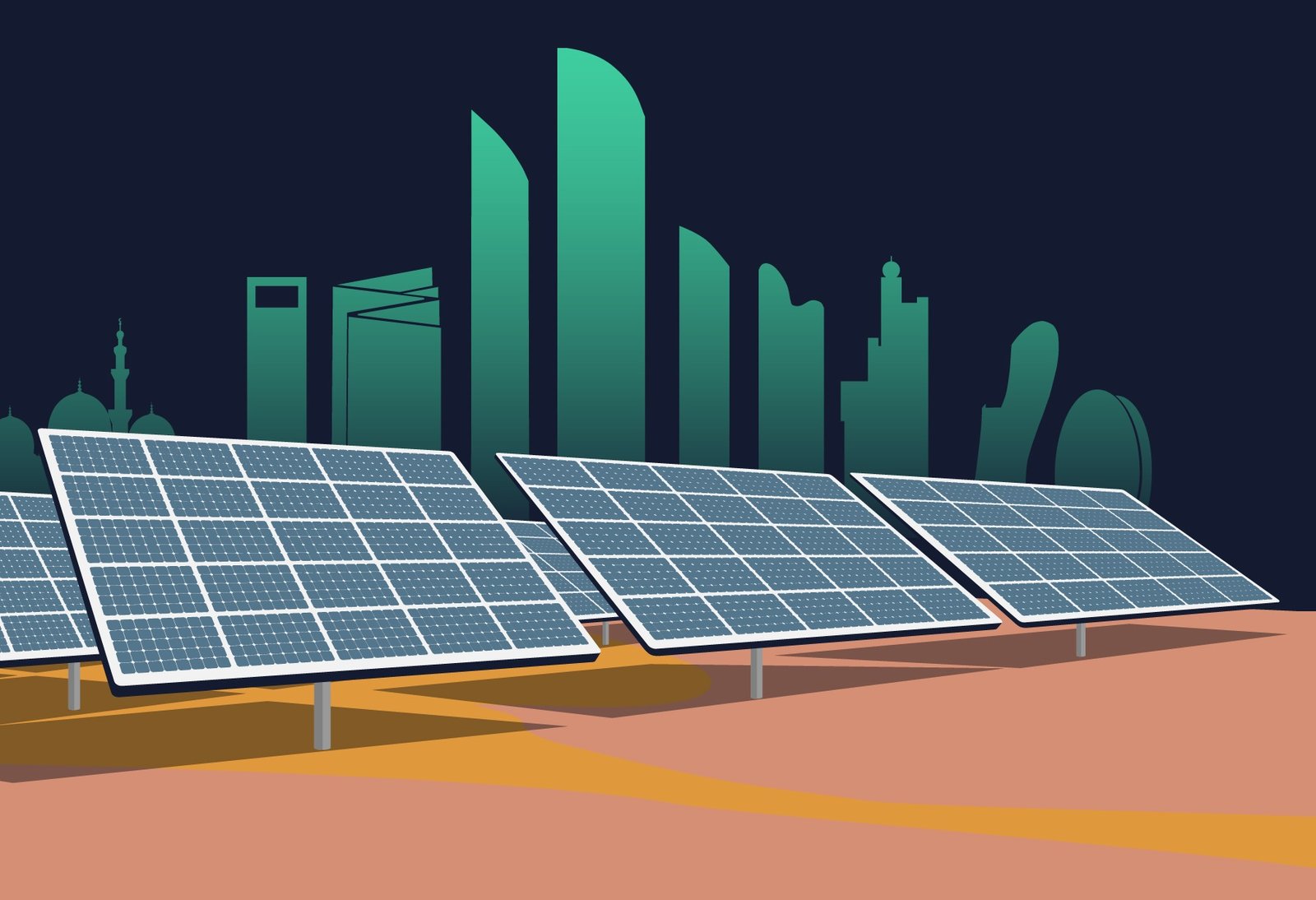ACWA Power, a Saudi-listed energy giant, and Japan’s Sumitomo Corporation have signed a joint development agreement to develop Uzbekistan’s largest renewable energy projects.
The agreement involves a major $4.2 billion investment in clean energy generation and storage projects, positioning Uzbekistan as a key player in Central Asia’s renewable energy market.
The projects—which include Sazagan 1 and 2—are located in Samarkand. Each consists of 500MW solar photovoltaic (PV) and 334MW battery energy storage systems (BESS). Both sub-projects are expected to achieve commercial operations between Q2 2026 and Q2 2027.
The second set of projects includes Kungrad 1, 2 and 3 wind projects, located in the Republic of Karakalpakstan in Uzbekistan. Each sub-project comprises of 500MW wind power plant and 100MW BESS, with commissioning planned in Q2 2028.
The projects in Samarkand and Kungrad have a combined investment value of $4.2 billion and are among the largest clean energy and storage projects in Uzbekistan.
ACWA Power, which is known for its leadership in water desalination, renewable energy, and green hydrogen, will retain a 51% stake in the projects, while Sumitomo Corporation, a Fortune 500 company with a strong presence in business investments and trading, will take on a 49% share.
The partnership follows a broader framework of cooperation laid out in May 2024 during the Saudi-Japan Vision 2030 Business Forum, which promoted collaboration in renewable energy and water solutions between the two nations.
“Uzbekistan is ACWA Power’s second-largest market in terms of investments, demonstrating our ongoing commitment to the country’s energy transition and sustainable development targets,” said JP Tiwari, Vice President & Head of Business Development Central Asia, Caucasus, Turkey, ACWA Power. “By leveraging our partnership with Sumitomo Corporation, we are further cementing this commitment as we pursue the largest clean energy projects in the country, providing accessible, affordable, and sustainable energy for the people of Uzbekistan.”
Koichi Taniguchi, General Manager of Overseas Energy Solution SBU, Sumitomo Corporation, mentioned: “This joint development of remarkable renewable projects in Uzbekistan in collaboration with ACWA Power aligns with our company’s target in power generation business to provide a stable supply of the energy, essential for the economic and industrial development of local communities, through the projects which are in line with host countries’ energy transition policy. We aim to contribute to the sustainable growth of the country and communities in Uzbekistan through this collaboration with ACWA Power.”
In a post on X, formerly twitter, Thomas Brostrom, Chief Investment Officer of ACWA Power, said that this joint development agreement with Sumitomo Corporation showcases ACWA Power’s commitment to supporting Uzbekistan’s impressive and ambitious energy transition.
“Integrating battery storage with our solar and wind projects in Samarkand and Kungrad enhances grid reliability and maximises renewable potential. The agreement also aligns with our growing Uzbekistan portfolio, which includes wind power plants in multiple regions and the country’s first green hydrogen plant that will produce 3,000 metric tons of green hydrogen per year. These, alongside other innovative energy investments across the country, illustrate ACWA Power’s commitment to supporting Uzbekistan’s emergence as a regional leader in sustainable energy development,” said Brostrom.
The developments represent a major leap forward in Uzbekistan’s push toward cleaner energy sources. The projects are seen as crucial to reducing the country’s reliance on fossil fuels, with Uzbekistan aiming to increase its renewable energy share as part of its long-term strategy to diversify its energy mix.
Uzbekistan has been accelerating its renewable energy efforts in recent years, with significant backing from international partners. The country aims to produce 8 GW of solar and 12 GW of wind energy by 2030 as part of its long-term strategy to reduce carbon emissions and increase energy independence.





